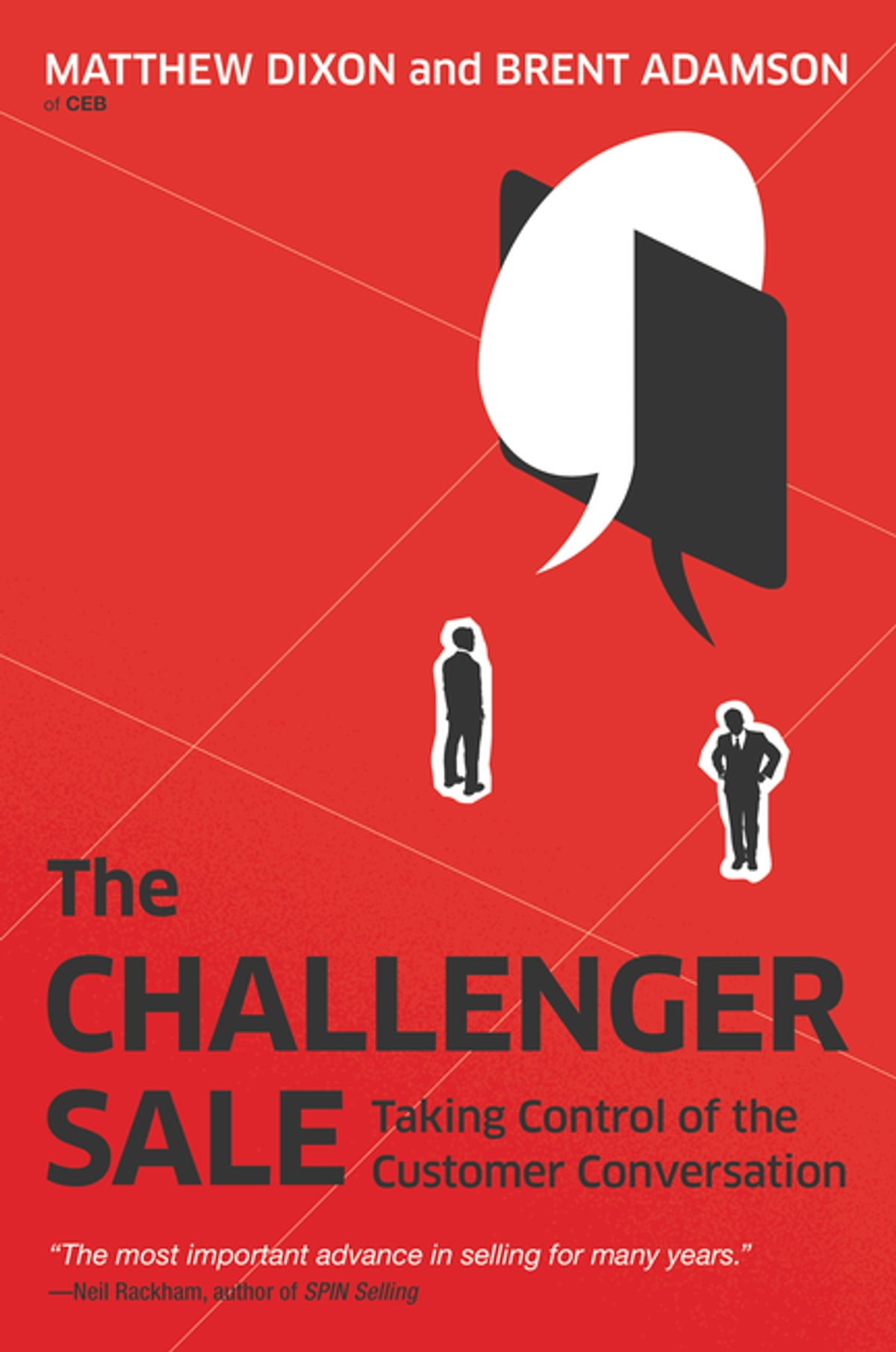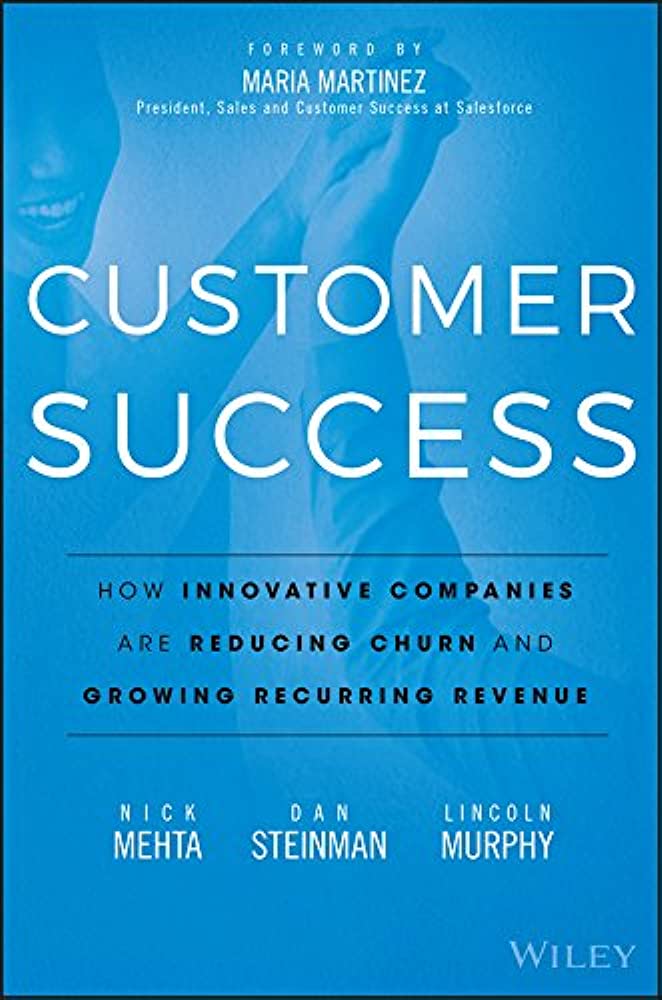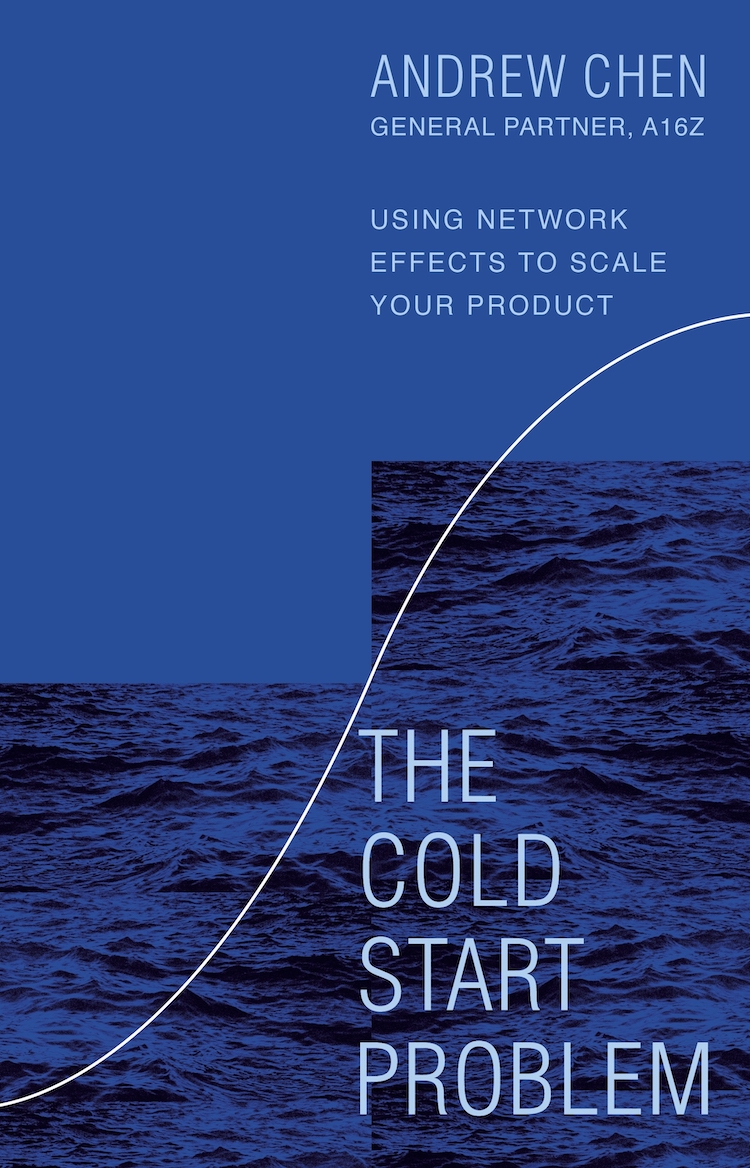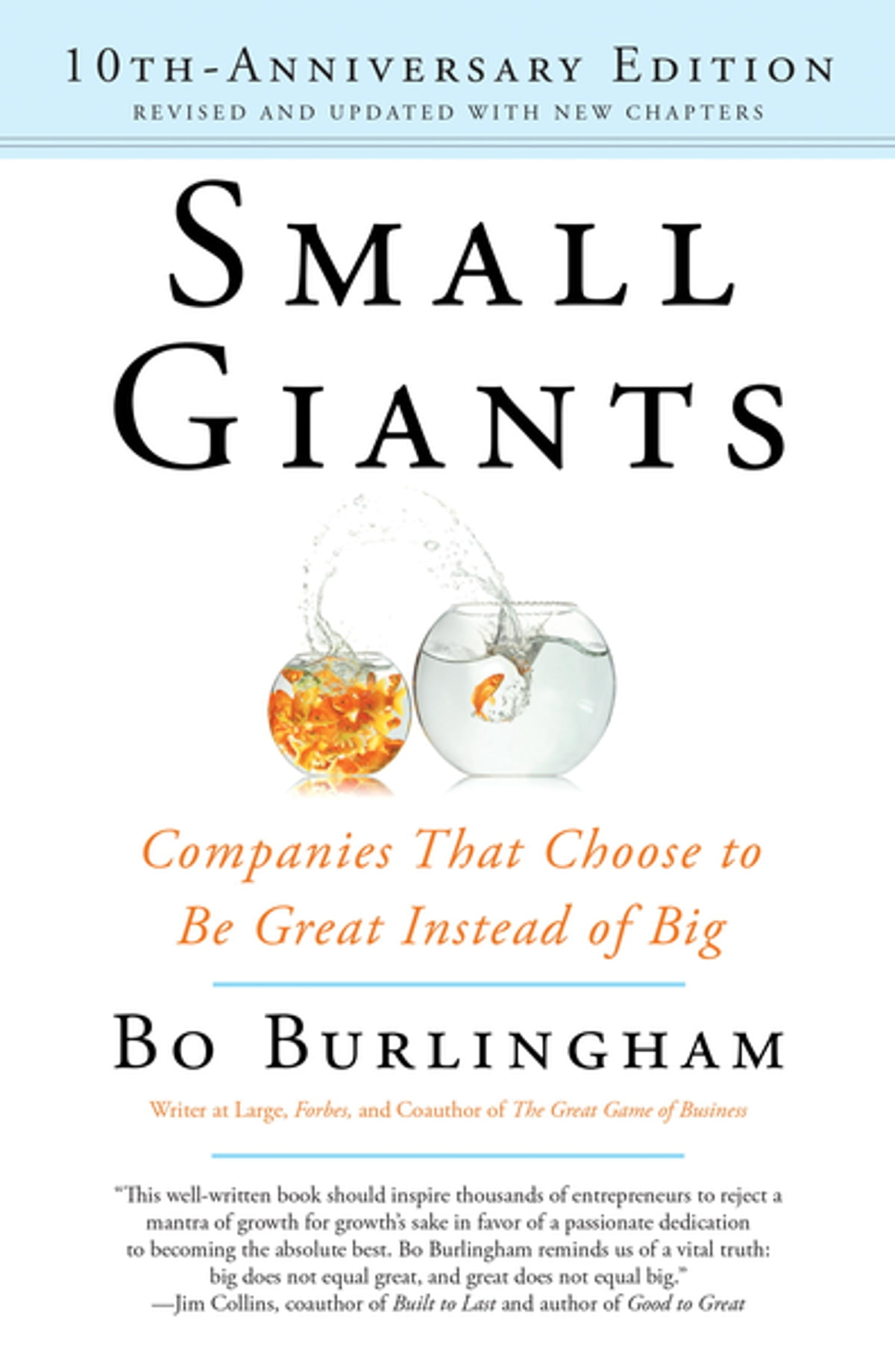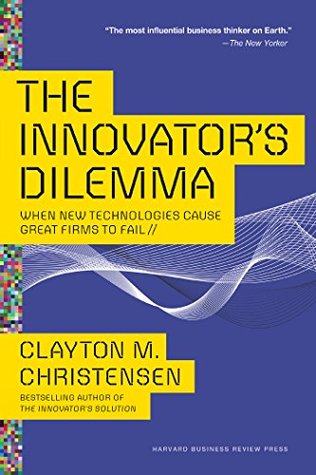Doughnut Economics
by Kate Raworth
- Business
- Ashto =
- Jonesy =
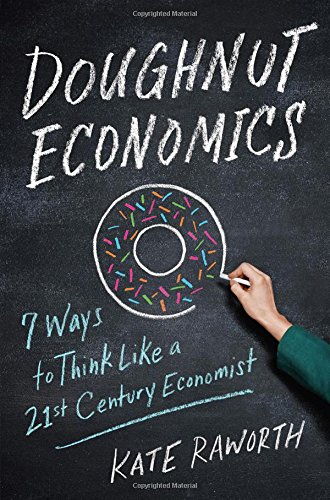
The Concept of Doughnut Economics
In Doughnut Economics, Oxford academic Kate Raworth lays out the 7 deadly mistakes of economics and offers a radical re-envisioning of the system that has brought us to the point of ruin. Moving beyond the myths of ‘rational economic man’ and unlimited growth, Doughnut Economics zeroes in on the sweet spot: a system that meets all our needs without exhausting the planet.
The concept of doughnut economics doesn’t lay out specific policy prescriptions or institutional fixes, nor does it offer immediate solutions. However, it lays out ideas that are fundamental to developing the revolutionary economic mindset that this century demands. As Buckminster Fuller once said, ‘You never change things by fighting the existing reality. To change something, build a new model that makes the existing model obsolete.’ In the decades ahead, the task for economic thinkers in the 21st century is to practise these 7 ideas and potentially innovate the list.
The 21st Century Challenge
There have been extraordinary strides in human well-being over the past 60 years. The average child born on planet Earth in 1950 could expect to live for 48 years, but today the life expectancy has reached 71 years. Since 1990 alone, the number of people living in extreme poverty (on less than $1.90 a day) has fallen by more than half. Today, over 2 billion people have gained access to safe drinking water and toilets.
However, this progress doesn’t reduce the global crises that we still face.
Millions of people still lead lives of extreme deprivation. 1/9 of the worldwide population doesn’t have enough to eat. In 2015, six million children under the age of 5 died from treatable conditions like diarrhoea and malaria. Two billion people live on less than $3 a day, and over 70 million young men and women can’t find work. The world has become extraordinarily unequal; in 2015, the world’s richest 1% now own more than the other 99%.
Global economic output is expected to grow by 3% per year from now until 2050—doubling the global economy in size by 2037 and almost trebling it by 2050. Globally, those earning between $10 to $100 a day are set to expand rapidly—from 2 billion to 5 billion by 2030. These are the trends that shape humanity’s prospects at the start of the 21st century. So what kind of thinking do we need for the journey ahead? It’s about choosing and creating a worldview that best serves our purpose and reflects on the context we face, the values we hold and the aims we have.
Change the Goal from GDP to Doughnut
Global leaders regularly meet up to discuss the global economy. In 2014, they met in Brisbane, Australia to discuss global trade, and the G20 leaders pledged to grow their economies by 2.1%.
How did it come to this? The G20’s pledge was announced just days after the Intergovernmental Panel on Climate Change warned that the world is facing severe, pervasive and irreversible damage from rising greenhouse gas emissions. The host of the 2014 summit, Tony Abbot, had determined to stop the meeting’s agenda from being cluttered by climate change and other issues that could distract from its top priority: economic growth, otherwise known as GDP growth.
Measures such as the market value of goods and services produced within a nation’s borders in a year (GDP) have long been used as the leading indicator of economic health. But in the context of today’s social and ecological crises, how can this single, narrow metric still command such international attention?
In the 20th century, economics lost the desire to articulate its goals, so the goal of GDP growth took over instead. It’s time for economics to reconnect with the purpose that it should be serving. One that ensures prosperity for all within the means of our planet.
A 21st-Century Compass
What exactly is the doughnut? It is a radically new compass for guiding humanity. The doughnut points toward a future that can provide for every person’s needs while safeguarding the living world on which we all depend. We can find shortfalls in human well-being (faced by those who lack life’s essentials such as food, education and housing) below the doughnut’s social foundation. Meanwhile, an overshoot of pressure on Earth’s life-giving systems lies beyond the ecological ceiling, which emerges as environmental issues like climate change, ocean acidification and chemical pollution. But between these sets of boundaries lies a sweet spot shaped like a doughnut. A spot that is both ecologically safe and socially just for humanity. The doughnut’s inner ring—its social foundation—sets out the basics of life on which no one should be left falling short. The 12 basics include:
- Sufficient food,
- Clean water and decent sanitation,
- Access to energy and clean cooking facilities,
- Access to education and healthcare,
- Decent housing,
- A minimum income and decent work,
- Access to networks of information and social support
Furthermore, there’s an increasing need to achieve these basics with gender equity, social equity, political voice and peace and justice. Setting a target date to achieve all of them for every person alive may seem like an extraordinary ambition, but it is now an official one.
7 Ways to Think Like a 21st Century Economist
1. Change the goal
For over 70 years economics has been fixated on GDP or national output as its primary measure of progress. That fixation has been used to justify extreme inequalities of income and wealth, coupled with the unprecedented destruction of the living world. For the 21st century, a far bigger goal is needed. The goal is to meet the human rights of every person within the means of our life-giving planet, which is encapsulated in the concept of doughnut economics.
2. See the big picture
Mainstream economies depict the whole economy with just one, extremely limited image—the circular flow diagram. Its limitations have been used to reinforce a neoliberal narrative about the efficiency of the market, the incompetence of the state, the domesticity of the household and the tragedy of the commons. It’s time to draw a new picture.
3. Nurture human nature
At the heart of 20th-century economics stands the portrait of a rational economic man. He has told us that we are self-interested, isolated, calculating, fixed in taste and dominant over nature. His portrait has shaped who we have become but human nature is far richer than this. As early sketches of our new self-portrait reveal, we are social, independent, approximating, fluid in values and dependent upon the living world.
4. Get savvy with systems
The iconic criss-cross of the market’s supply-demand curves is the first economic model that students encounter. Unfortunately, it is rooted in misplaced 18th-century metaphors on mechanical equilibrium.
5. Design to distribute
Inequality is not an economic necessity, it is a design failure. 21st-century economists will recognize that there are many ways to design economies to be far more distributive of the value that they generate.
6. Create to regenerate
Economic theory has long portrayed a clean environment as a luxury good that’s only affordable for the well. There is no such law. Ecological degradation is simply the result of degenerative industrial design. This century needs economic thinking that unleashes regenerative design in order to create a circular economy.
7. Be agnostic about growth
One diagram in economic theory is so dangerous that it is never actually drawn: the long term path of economic growth. Mainstream economics views endless economic growth as a must. But nothing in nature grows forever and the attempt to buck that trend is raising tough questions in high income but low growth countries.




